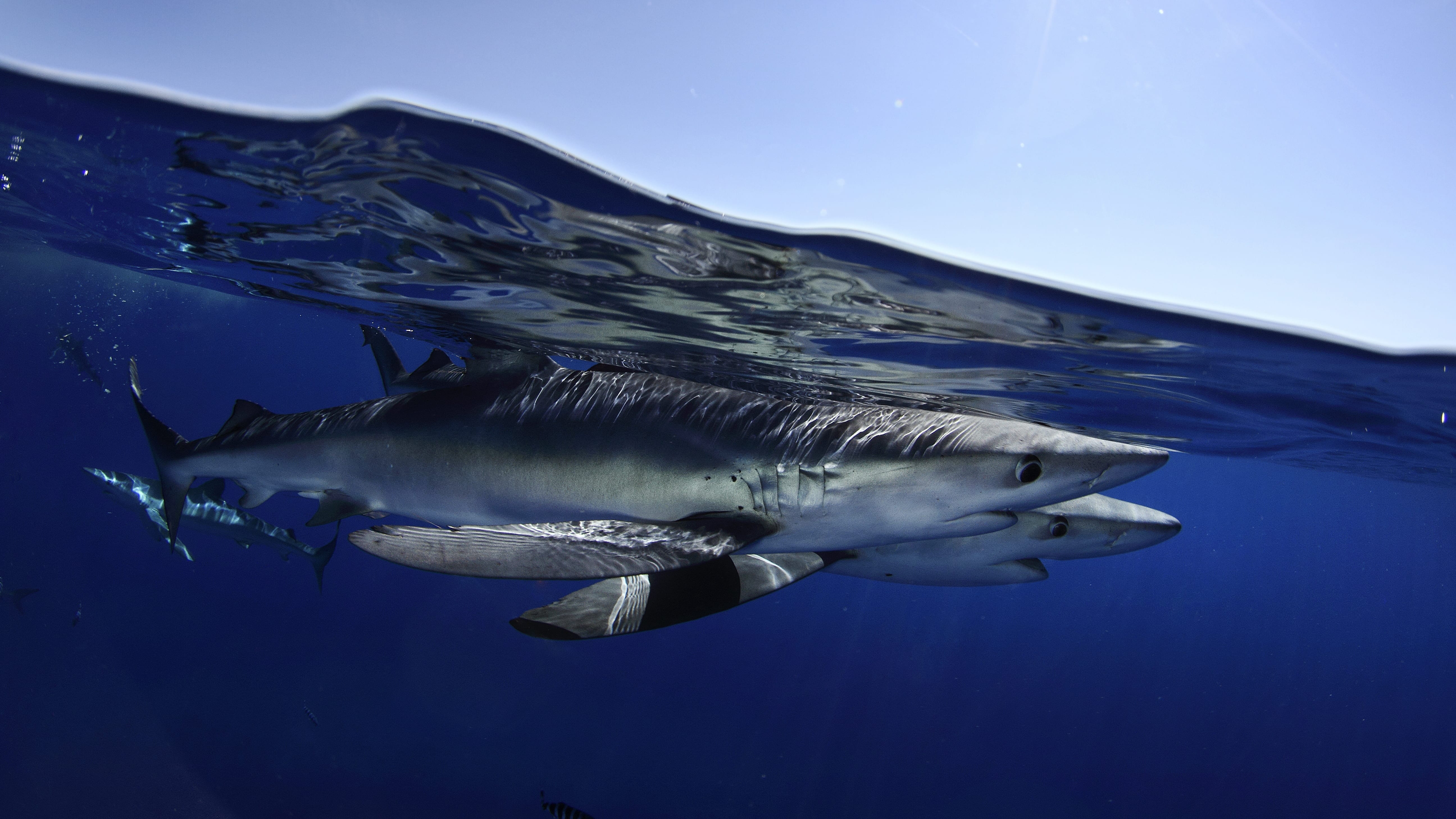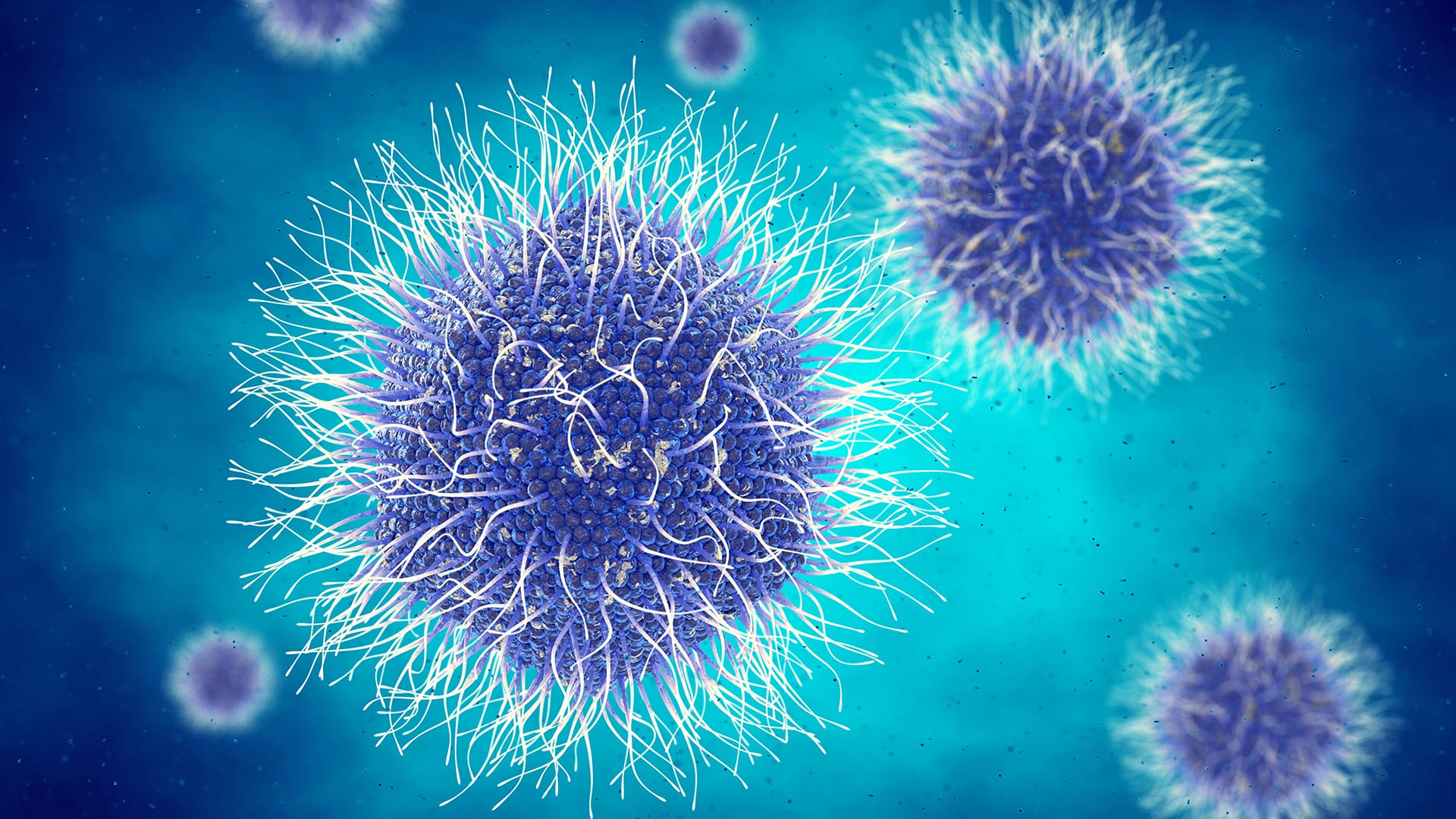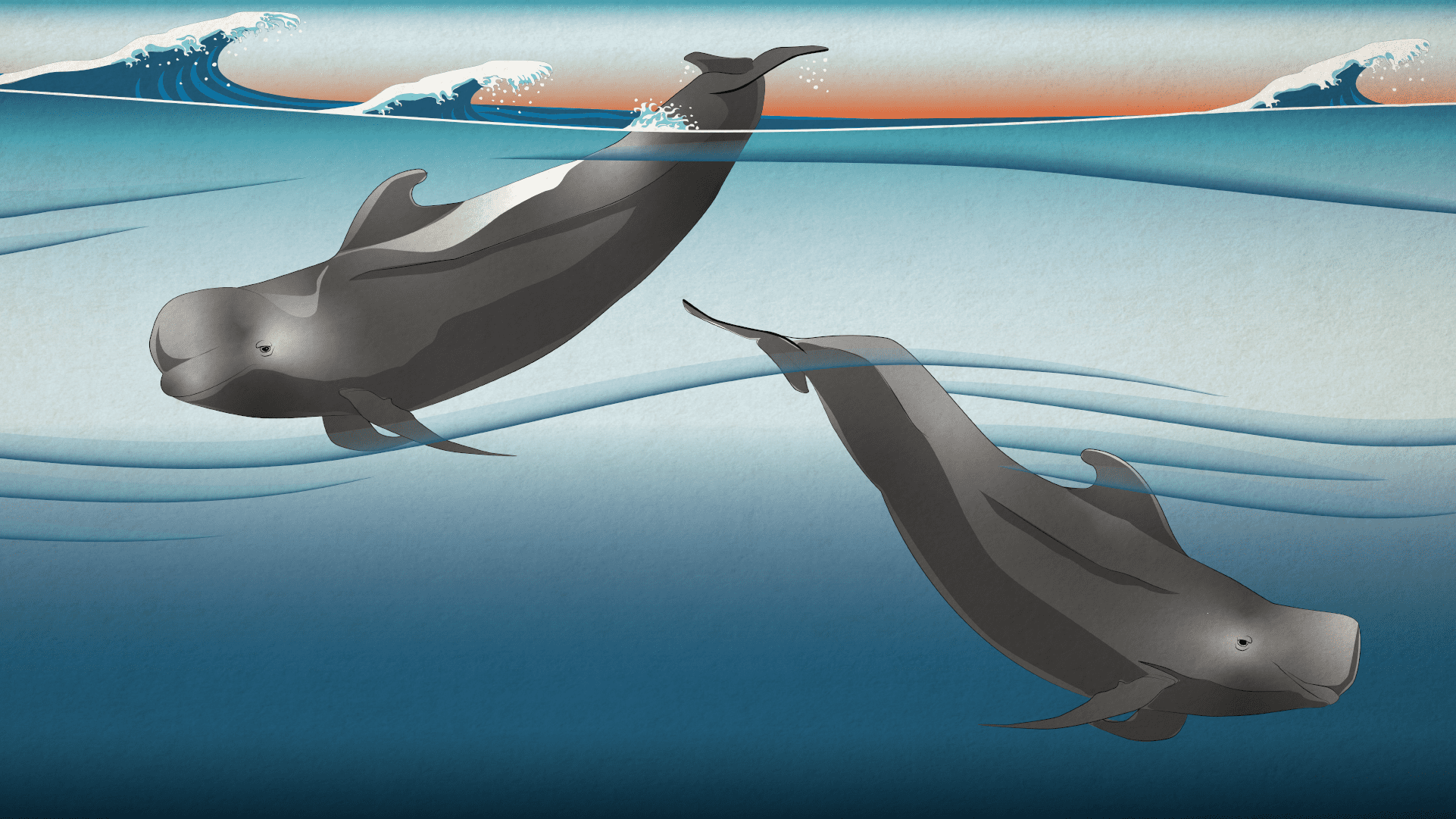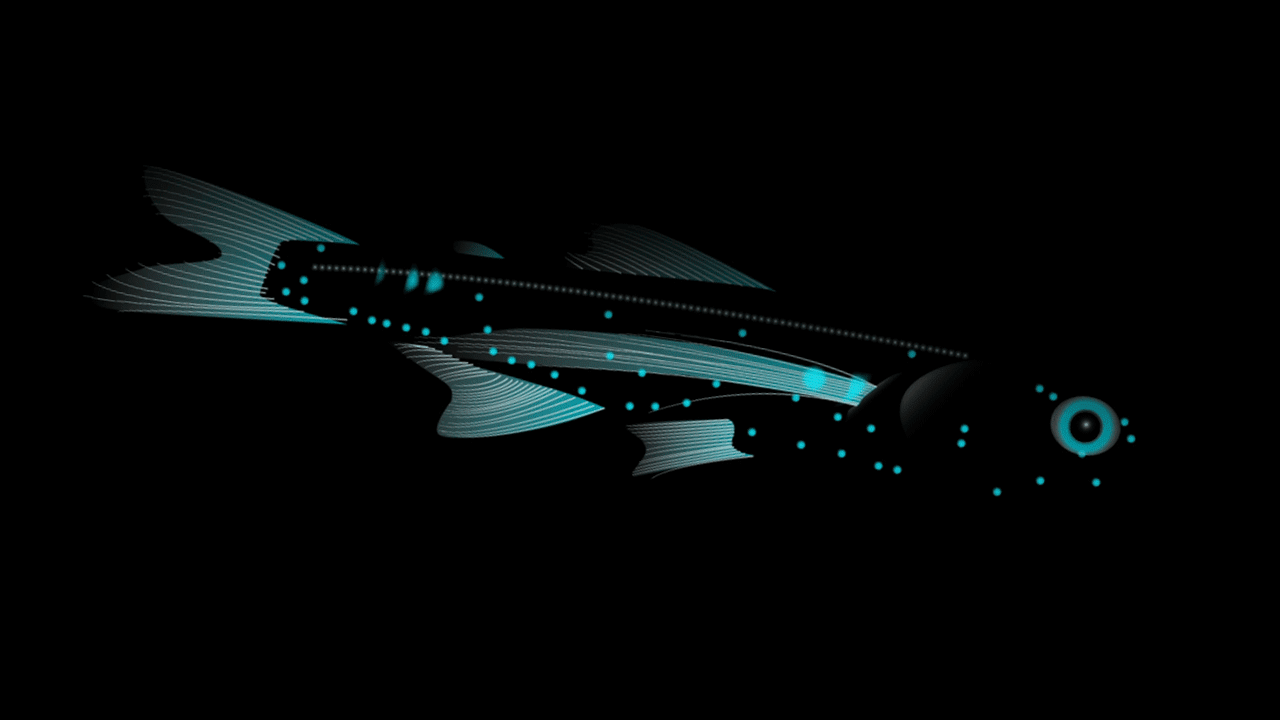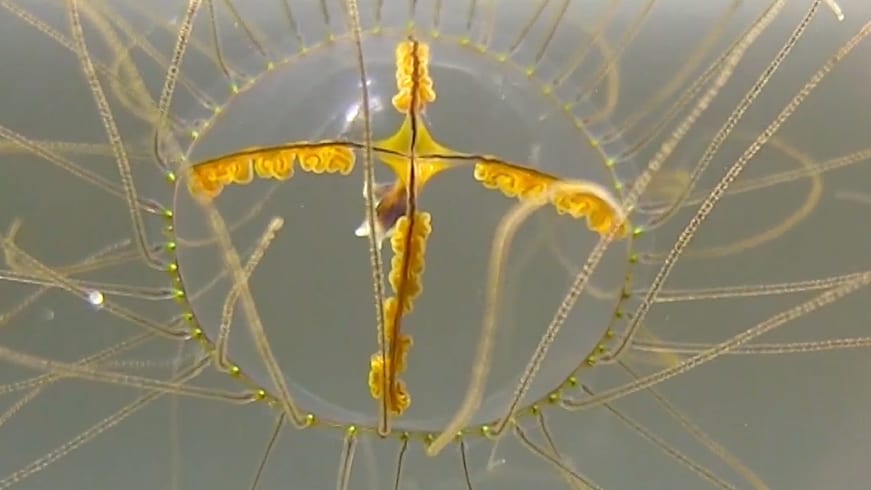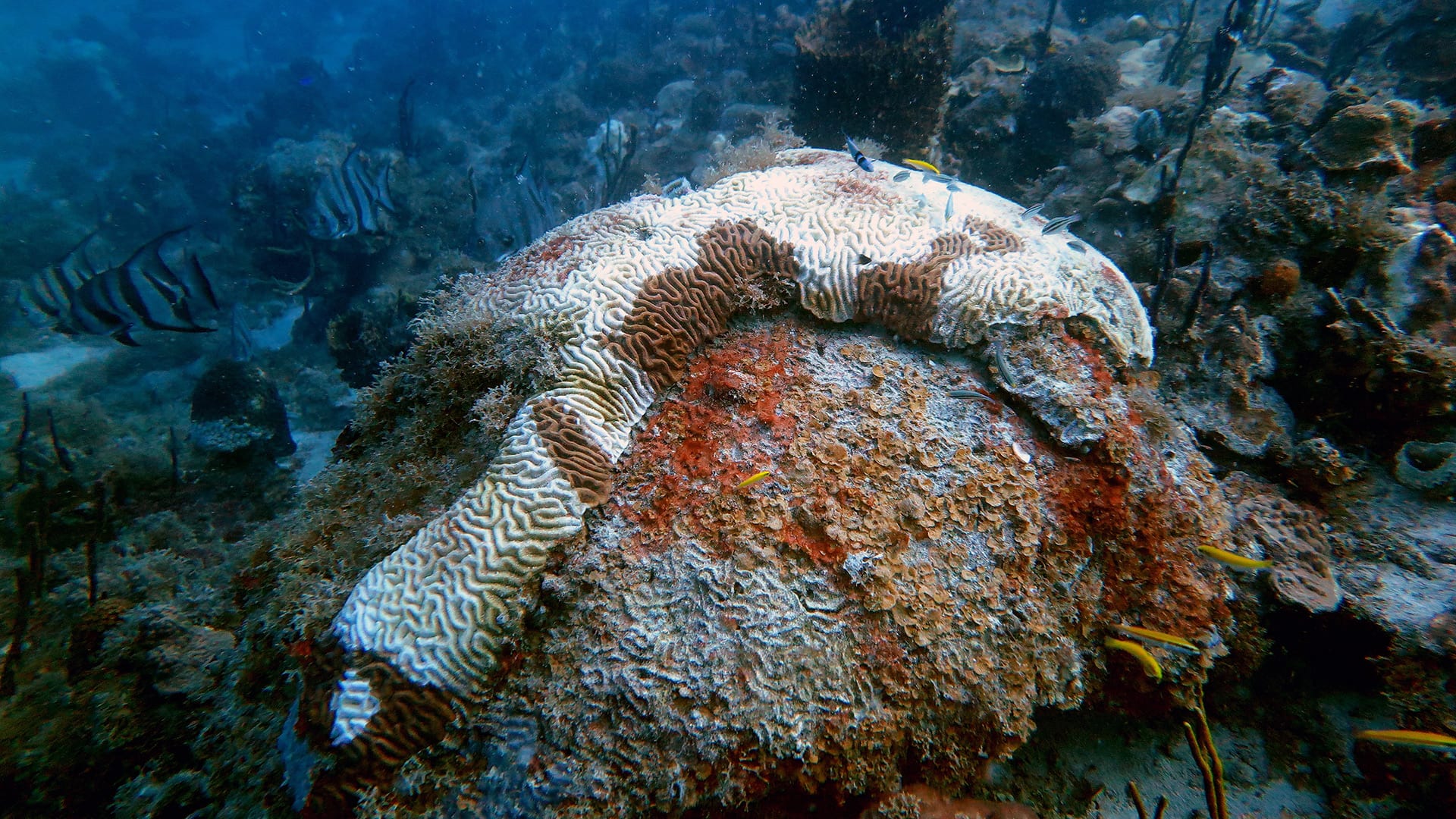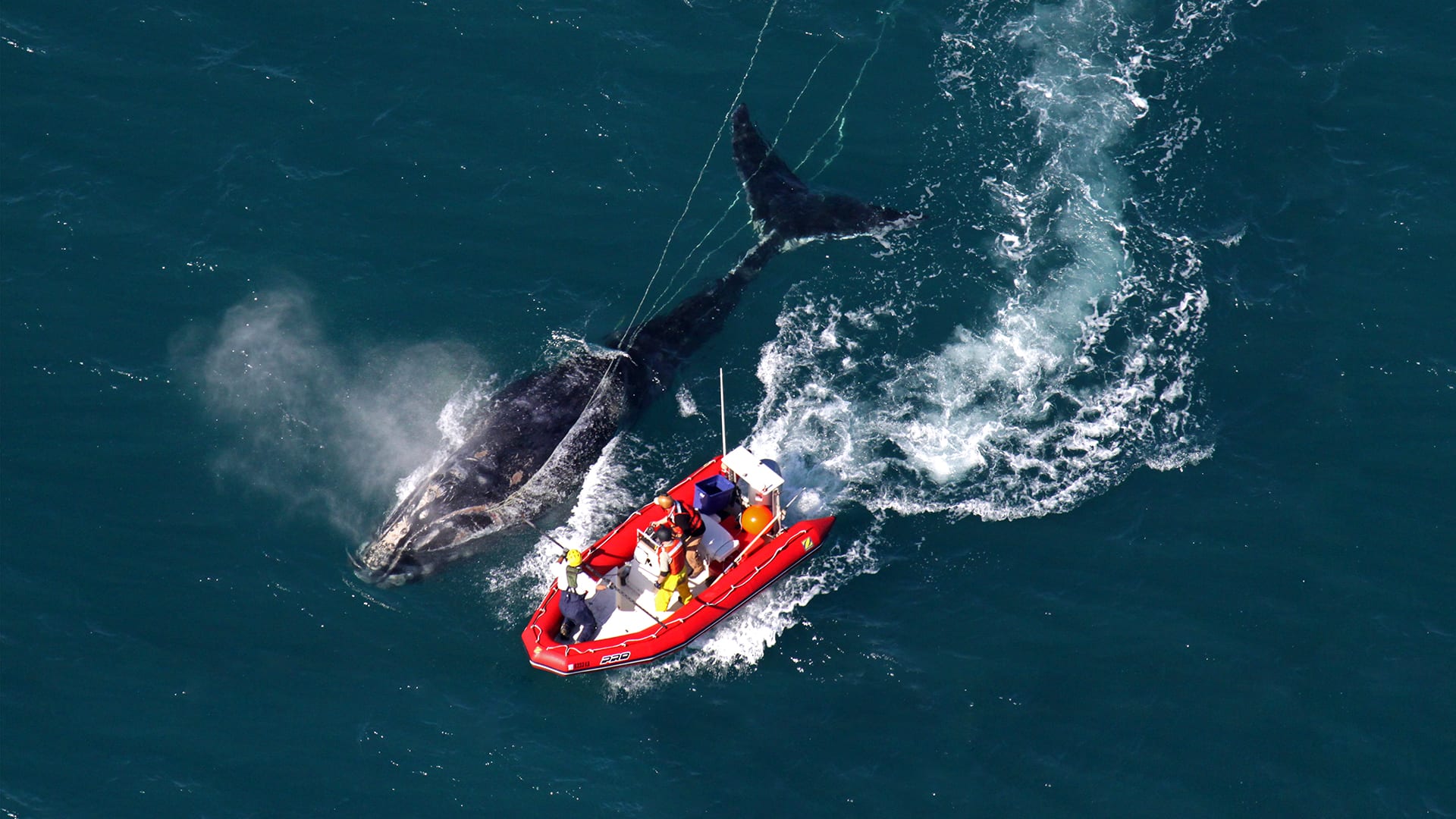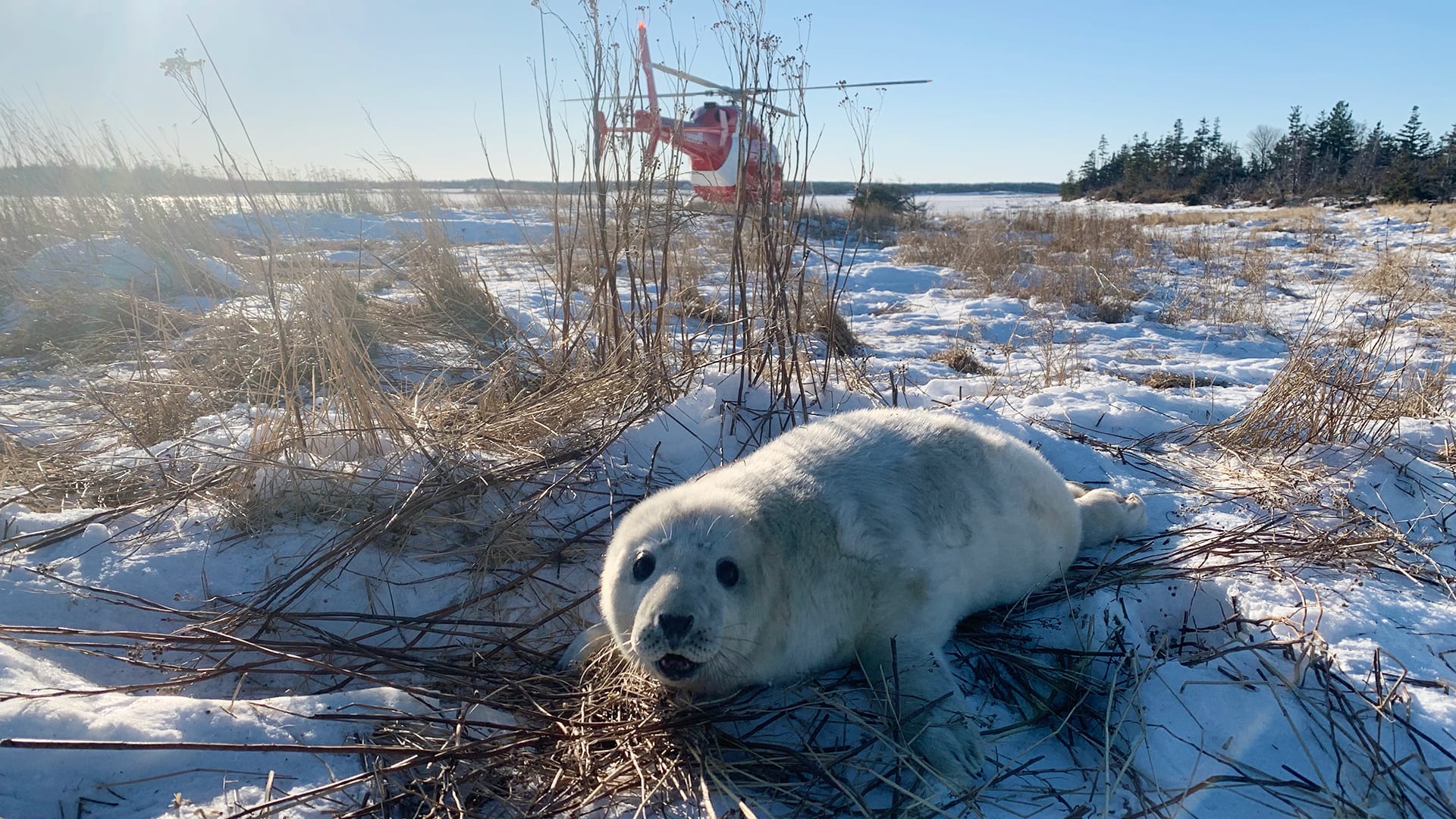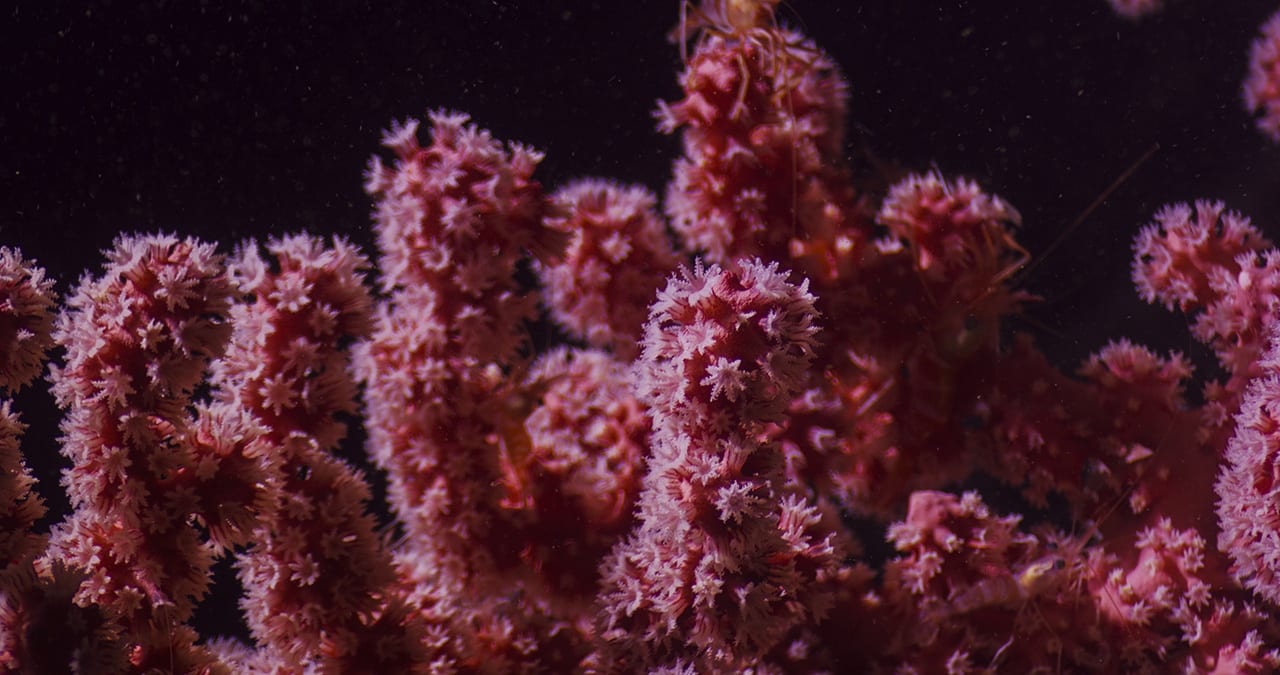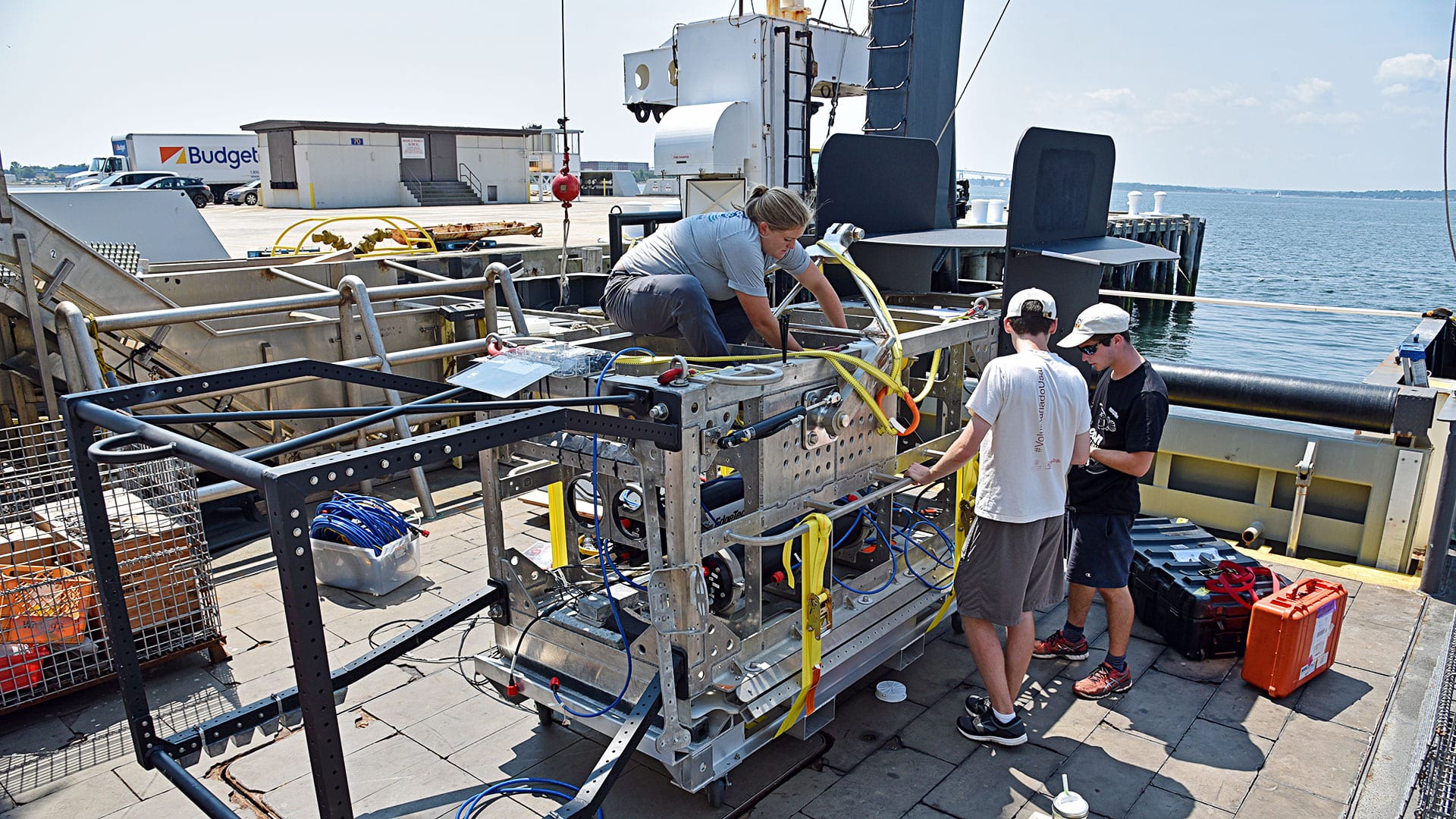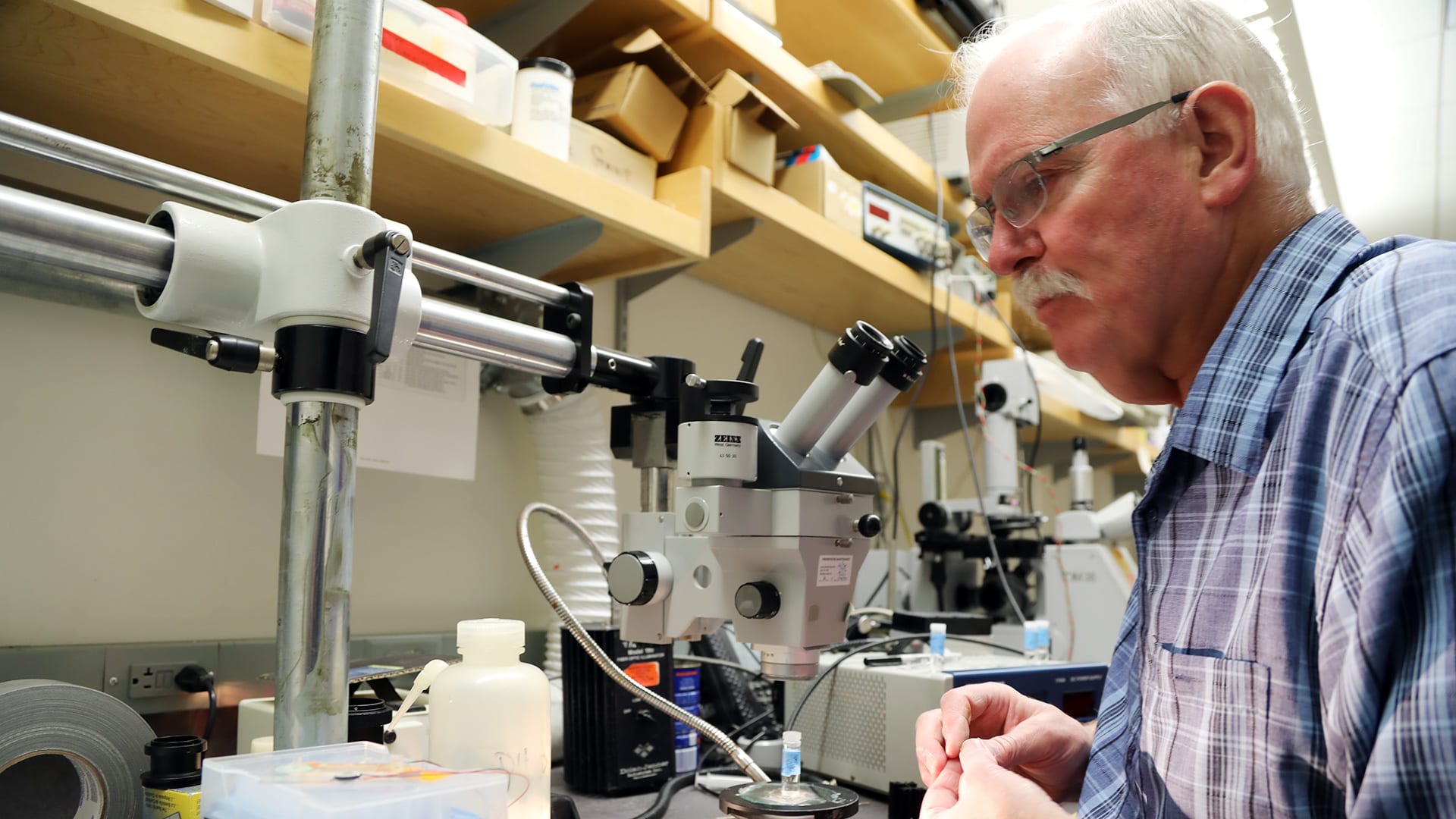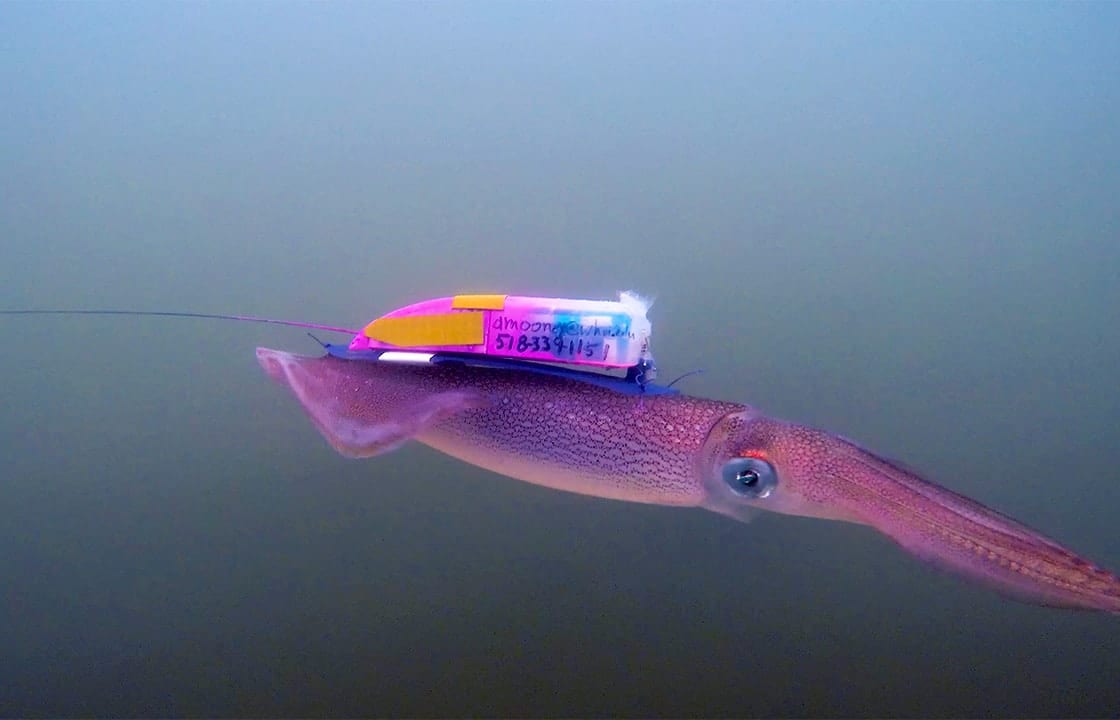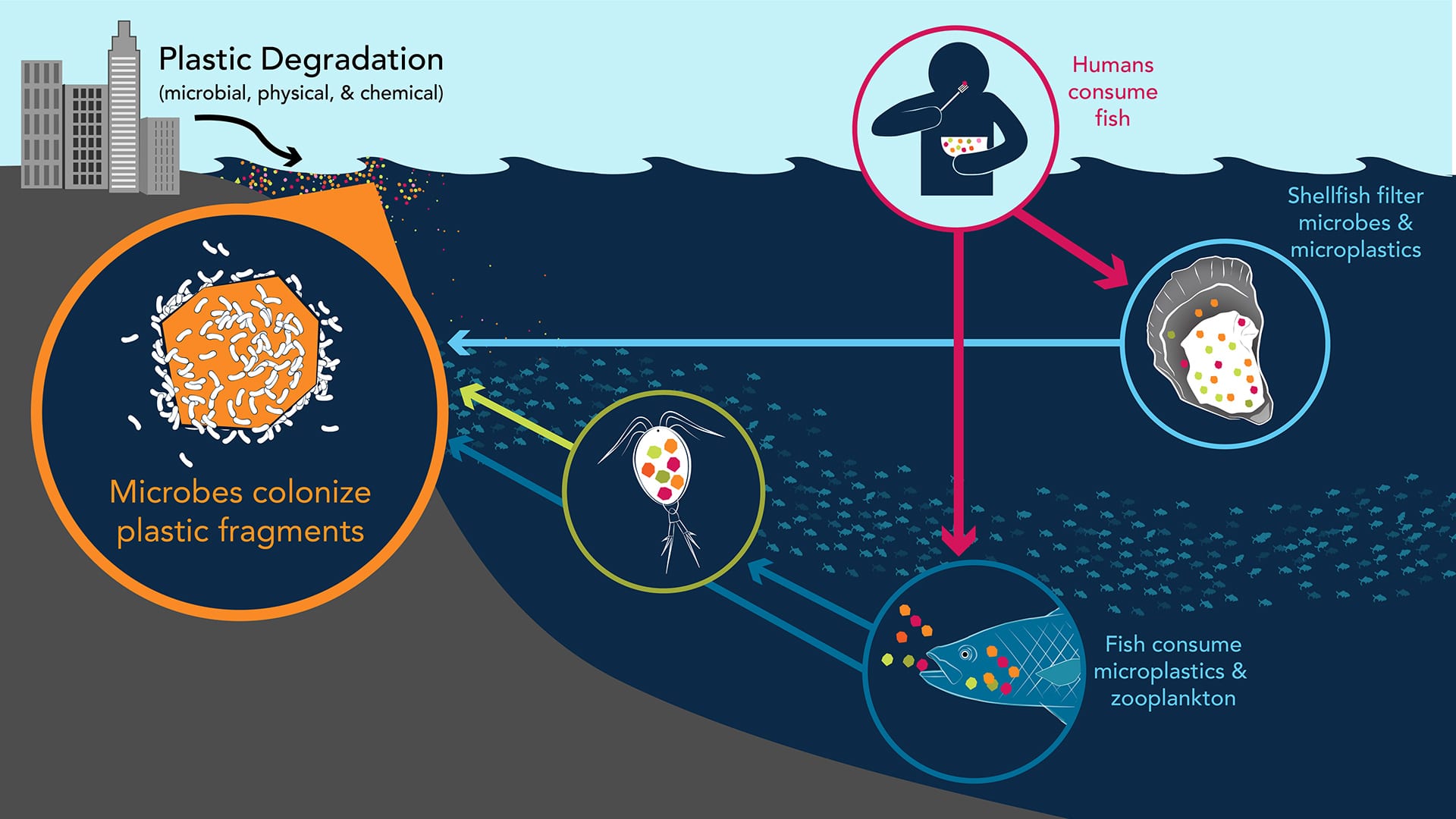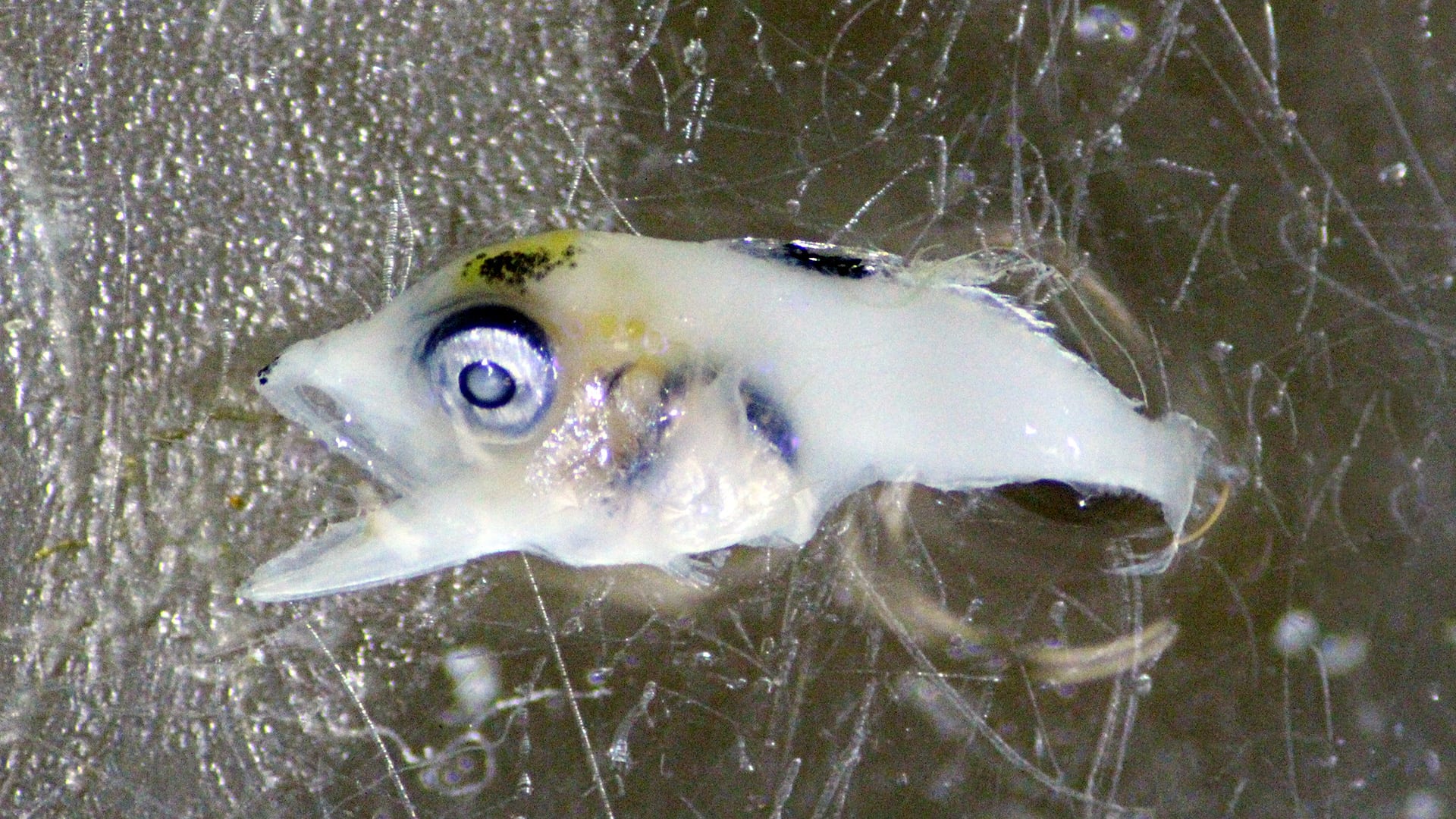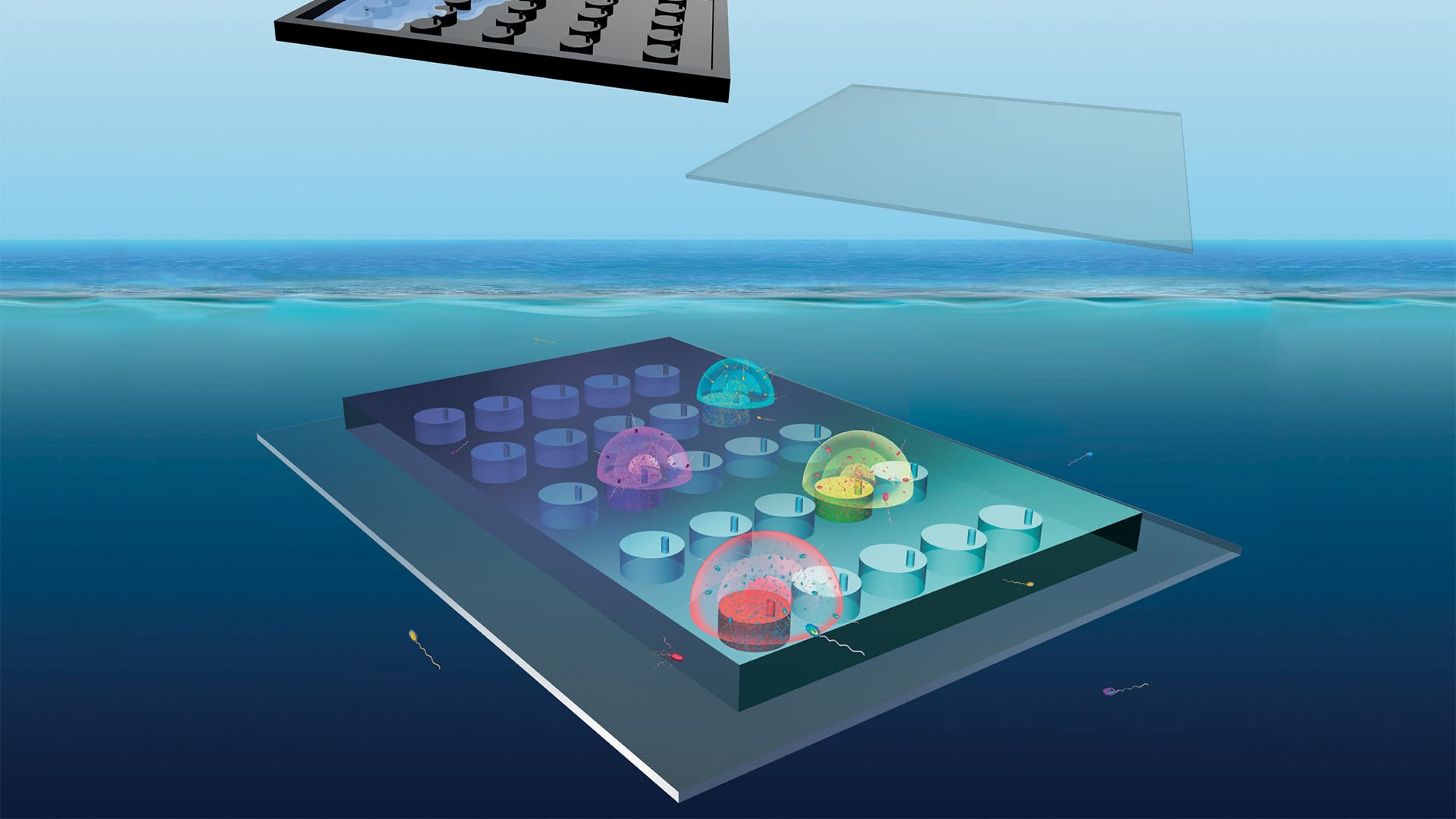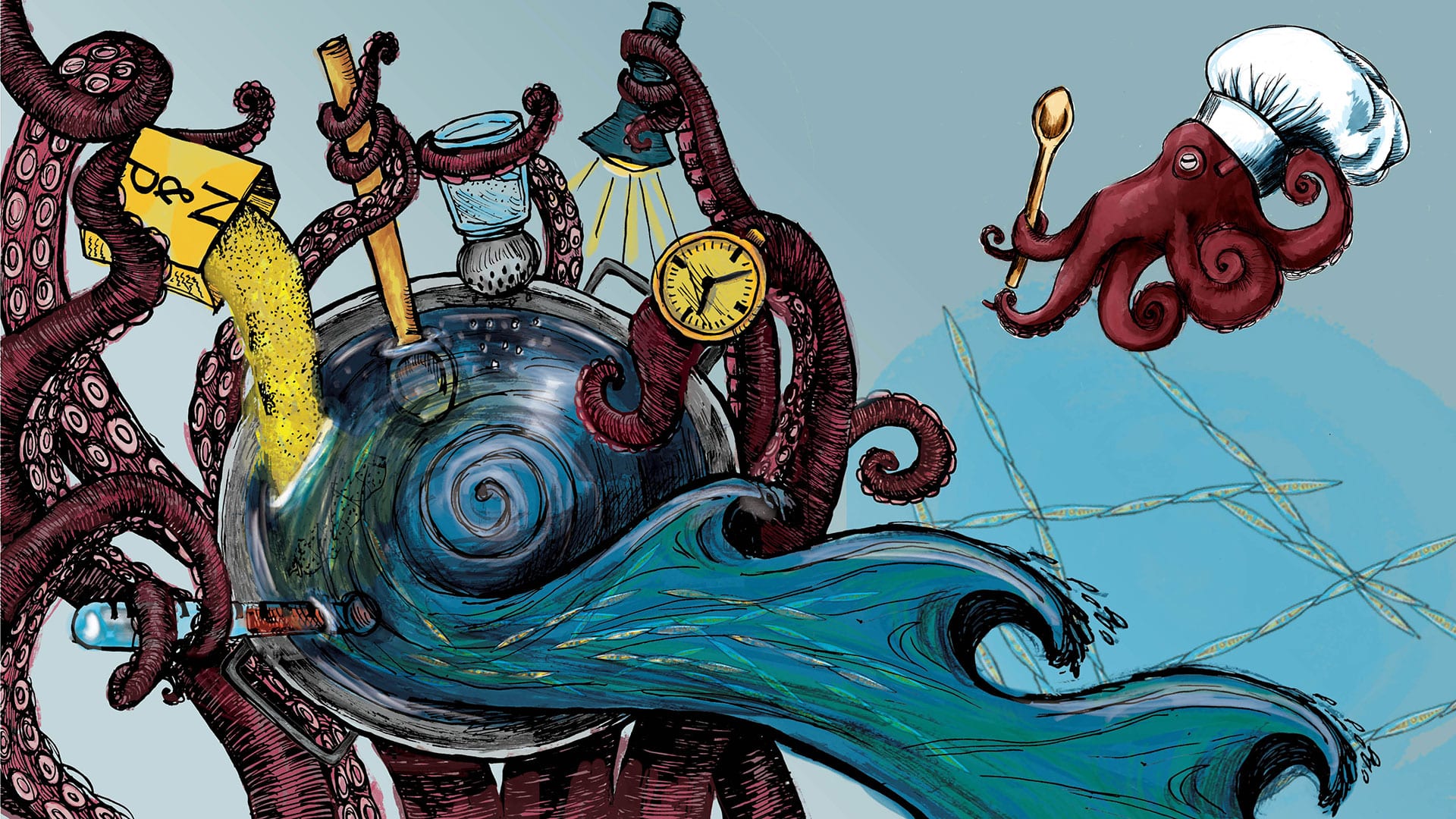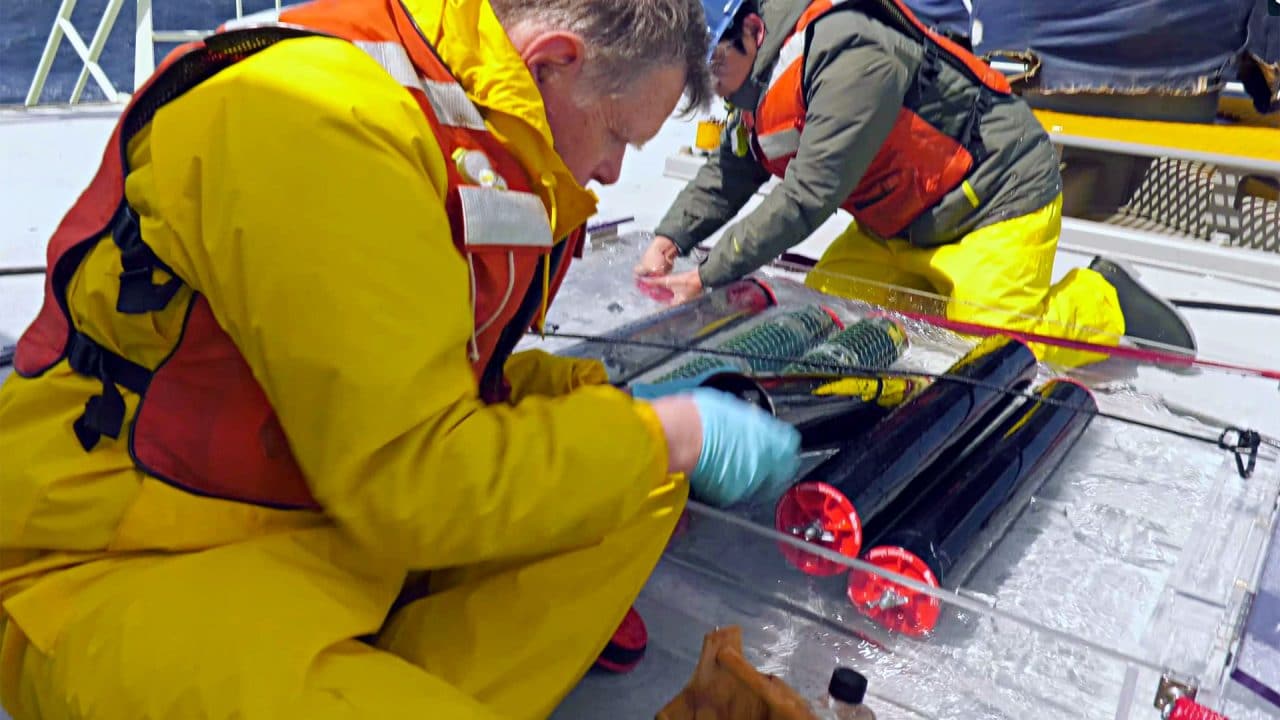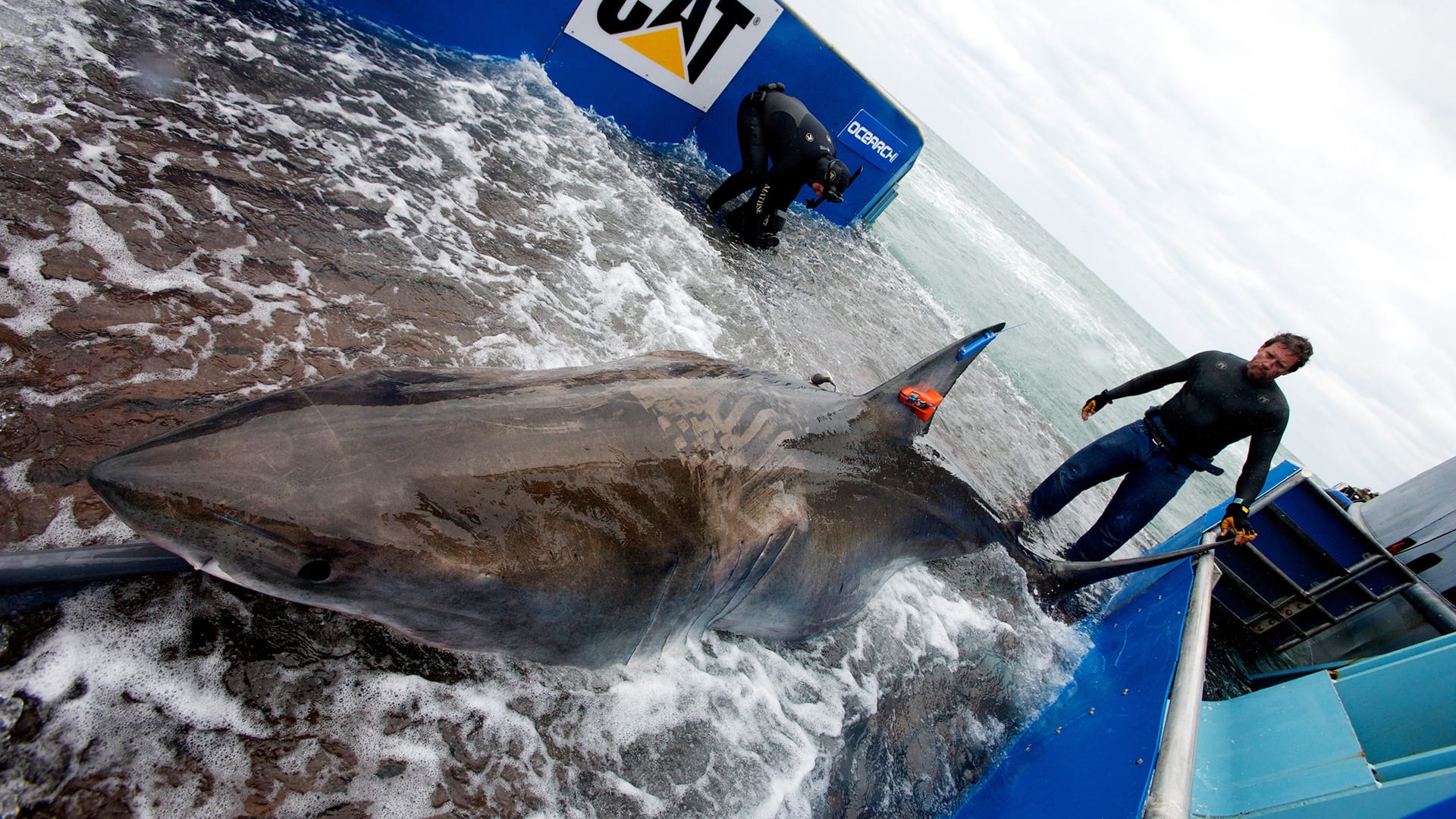Biology
Cracking the secret of green crabs
A feature story on Carolyn Tepolt, an assistant scientist in the WHOI Biology Department, and her research on the invasive green crab.
Read MoreInfrared Cameras Could Help Ships Avoid Whales
An interview with Dan Zitterbart, a WHOI scientist who is testing a new thermal infrared imaging system to detection whales in busy waterways to prevent ship strikes.
Read MoreA tunnel to the Twilight Zone
Scientists track hungry blue sharks as they ride swirling currents down to the ocean twilight zone—a layer of the ocean containing the largest fish biomass on Earth
Read MoreWhy do pilot whales strand? We ask experts
To find out what causes these mass strandings of whales, WMNF interviewed Darlene Ketten, a senior research scientist at Boston University and at Woods Hole Oceanographic Institute. Part of her research involves pathologies associated with whale strandings.
Read MoreSurprising Enzymes Found in Giant Ocean Viruses
Findings could represent new drug targets for human pathogens A new study led by researchers at Woods Hole Oceanographic Institution (WHOI) and Swansea University Medical School furthers our knowledge of…
Read MoreNew Sub-species of Pilot Whale Identified in Pacific Ocean
Short-finned pilot whales have long been recognized as a single species, but a recent study found that two unique subspecies actually exist.
Read MoreFish with Flashlights
Down in the dark and shadowy ocean twilight zone, countless species—bristlemouths, lanternfishes, jellies, and others—rely on bioluminescence for a variety of important functions, including finding their next meal, outsmarting predators, and looking for mates.
Read MoreScientists investigate global spread of stinging jellyfish
New invasions reported in New England and Sweden, prompting researchers to look at a variety of potential causes including transportation, warmer ocean temperatures, and a resurgence of eelgrass.
Read MoreVirgin Island Corals in Crisis
A coral disease outbreak that wiped out nearly 80% of stony corals between Florida’s Key Biscayne and Key West during the past two years appears to have spread to the U.S. Virgin Islands (U.S.V.I.), where reefs that were once vibrant and teeming with life are now left skeleton white in the disease’s wake.
Read MoreUntangling Impacts on Right Whales
Whale scientists look for new ways to mitigate whale entanglements in fishing lines
Read MoreSeal Spy
Drones helps WHOI scientist measure the body mass of mother and pup seals during lactation
Read MoreNew Species of ‘Bubblegum Coral’ Discovered at Imperiled Undersea Monument
New Deep-Sea Coral Species Discovered in Atlantic Marine Monument
New ‘bubblegum’ corals found in Northeast Canyons and Seamounts National Monument during human-occupied submersible dives.
Read MoreNew Initiative Launched to Help Protect New Yorks Great Whales
Quotes (Mark Baumgartner)
Read MoreThe Deep-See Peers into the Depths
Decades of research from many WHOI scientists and engineers have culminated in a multifaceted vehicle to explore deep-sea marine life.
Read MorePrivacy Policy
Last Updated: This Privacy Statement was last updated on September 8, 2025. In this Privacy Statement, we explain what we do with the data we obtain about you via our…
Read MoreDo Microplastics in the Ocean Affect Scallops?
WHOI scientist Scott Gallager is making field observations and conducting lab experiments to explore the possible effects of microplastics in the ocean on marine organisms.
Read MoreTo Tag a Squid
How do you design a tag that can attach to a soft-bodied swimming animal and track its movements? Very thoughtfully.
Read MoreJunk Food
An estimated eight million tons of plastics enter our oceans each year, yet only one percent can be seen floating at the surface. This is the third in a three-part…
Read MoreThe Secret Tuna Nursery
WHOI biologists and physical oceanographers combine expertise to reveal a place in the ocean where some tuna are born.
Read MoreA Lobster Trap for Microbes
What if you wanted to observe what microbes in the ocean are doing? First, you lure them into your field of view.
Read MoreThe Recipe for a Harmful Algal Bloom
Harmful algal blooms can produce toxins that accumulate in shellfish and cause health problems and economic losses. They have increased in strength and frequency worldwide. Can we get advance warnings of when and where they will occur?
Read MoreLife at the Edge
What makes the shelf break front such a productive and diverse part of the Northwest Atlantic Ocean? A group of scientists on the research vessel Neil Armstrong spent two weeks at sea in 2018 as part of a three-year, NSF-funded project to find out.
Read MoreSharks Take ‘Tunnels’ into the Depths
By tagging sharks, WHOI scientists have revealed their surprising behavior.
Read More
